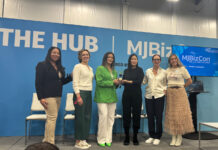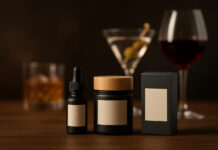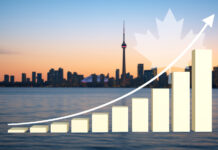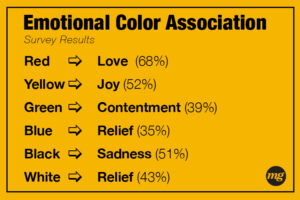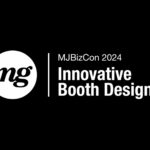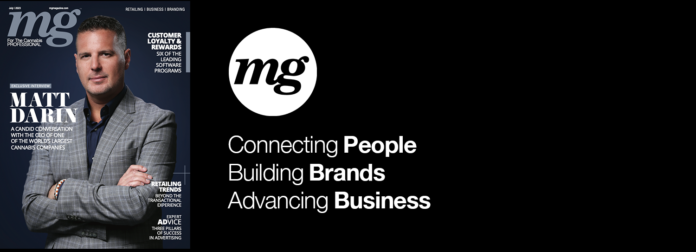Using color to influence decisions is nothing new. Ancient cultures incorporated colors into spiritual rituals, healing practices, and emotional conditioning. Today, advanced tools and artificial intelligence confirm the strong psychological connection between color and human behavior. Colors can trigger physiological responses, impacting mood, memory, and decision-making.
Colors typically are categorized into two emotional spectrums:
Warm Colors (red, orange, yellow) → Evoke energy, passion, excitement, and urgency.
Cool Colors (blue, green, purple) → Create a sense of calm, trust, and stability but can also signal detachment if overused.
A global study of more than 4,000 participants from 30 countries revealed a universal color-emotion association. While individual and cultural differences do play a role in how people perceive colors, the study’s results reflected shared psychological responses — which successful brands leverage to their advantage every day.
How today’s largest brands use color to drive consumer engagement
Red → passion, energy, and urgency
Red commands attention and action. It stimulates appetite, creates urgency, and is often associated with excitement.
Used by: Coca-Cola, Target, Netflix
Best for: Retail promotions, call-to-action buttons, food and beverage brands
Blue → trust, stability, and professionalism
Blue conveys security and reliability, making it a top choice for financial, healthcare, and tech brands.
Used by: Chase, Facebook, IBM
Best for: B2B services, corporate branding, finance and technology sectors
Green → wellness, sustainability, and balance
Green represents growth, health, and tranquility, making it ideal for eco-conscious and wellness-focused brands.
Used by: Whole Foods, Starbucks
Best for: Sustainable products, natural wellness, eco-friendly branding
Orange → affordability, energy, and enthusiasm
Orange is warm, approachable, and attention-grabbing, often linked to affordability and excitement.
Used by: Hermès, Home Depot, Fanta
Best for: Retail sales, sports brands, entertainment
Black → luxury, sophistication, and timeless elegance
Black is associated with exclusivity, power, and high-end appeal.
Used by: Chanel, Gucci, Prada
Best for: Luxury goods, high-end services, minimalist branding
Color is more than just an aesthetic — it’s a strategy
In an industry where visual storytelling is crucial to the ultimate success of a business, color is a silent yet highly persuasive force. Whether you’re trying to build trust, create urgency, or enhance your brand’s visibility, strategic color choices can elevate your marketing campaigns and drive measurable sales.
Other resources:
USC: Color Psychology Used in Marketing: An Overview
American Marketing Association: How to Use Color Psychology in Marketing


